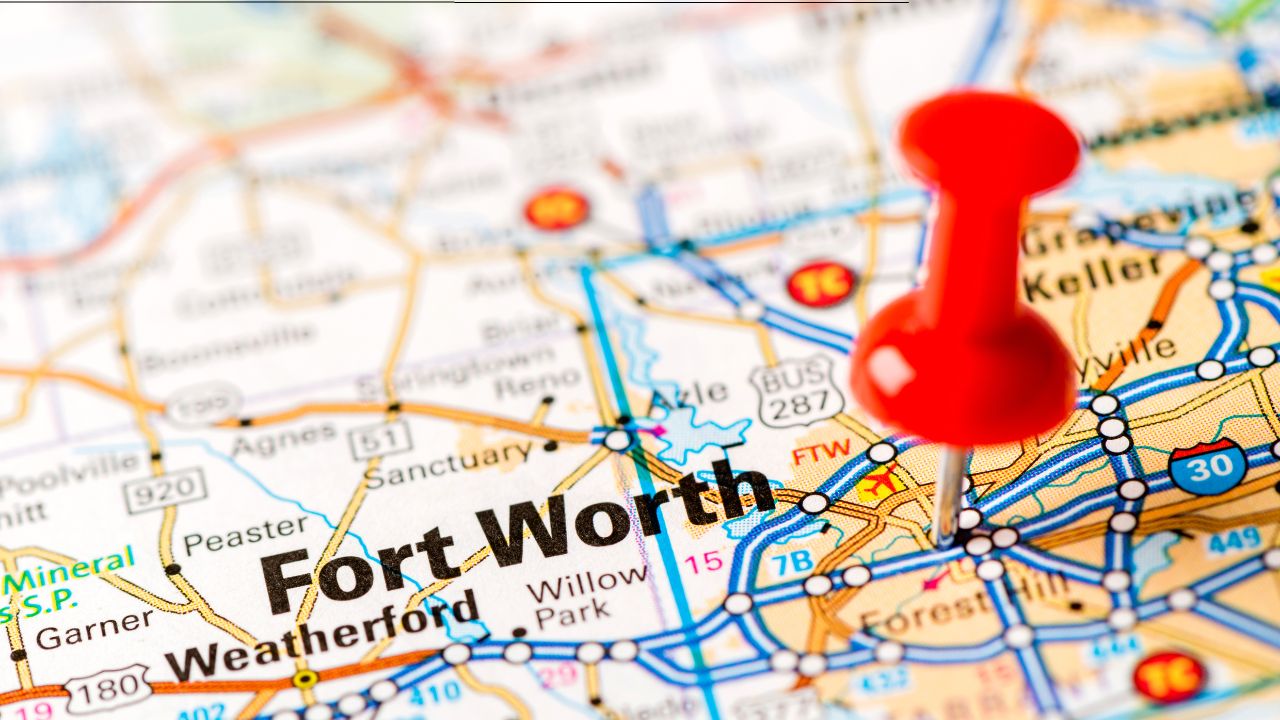Fort Worth has officially overtaken Austin to become the fourth-largest city in Texas, according to the Texas Demographic Center’s 2023 population estimates report. This milestone highlights the significant growth and shifting demographics within the Lone Star State.
Austin Slips to Fifth Place Amid Slowing Growth
The latest data shows that Austin, the state capital, now ranks fifth with a population of 986,928, narrowly trailing Fort Worth, which boasts 989,878 residents. Fort Worth experienced a remarkable 7.7% population growth since the 2020 census, outpacing Austin and other major Texas cities.
Texas’ Largest Cities by Population
- Houston: The state’s largest city retains its position with an estimated population of 2,318,657, reflecting a modest 0.6% growth since 2020.
- San Antonio: Ranked second with 1,496,876 residents, achieving a 4.3% population increase between 2020 and 2024.
- Dallas: Securing third place, Dallas reported a population of 1,308,404, up by 0.3% since 2020.
Fort Worth’s Rapid Growth Leaves Austin Behind
Fort Worth’s surge in population can be attributed to its reputation as a hub for industries such as oil and gas, aerospace, and defense. Between 2021 and 2022, the Dallas-Fort Worth metroplex added over 170,000 new residents. Fort Worth alone welcomed 19,000 newcomers during that period, making it the fastest-growing city in the U.S.
In contrast, Austin has faced several challenges, including declining housing demand. Data from moving company PODS revealed that Austin ranked fifth nationwide for the most move-outs in 2024. Real estate expert Nick Gerli, CEO of Reventure App, noted a 20% drop in Austin home values from their pandemic peak.
“The market is seeing a rise in homes for sale, with supply outpacing demand. Builders and investors are beginning to liquidate properties, resulting in markdowns that hurt the resale market,” Gerli explained.
Dallas-Fort Worth: A Magnet for Businesses and Residents
The Dallas-Fort Worth area has attracted 265 businesses since 2020, further fueling its population boom. While Fort Worth thrives as a destination for heavy industries, Dallas has established itself as a white-collar business hub, specializing in financial services and real estate.
The Dallas-Fort Worth metroplex continues to be the fastest-expanding region in the U.S., with Dallas and Fort Worth ranking as the 9th and 13th largest cities nationwide, respectively.
Conclusion
Fort Worth’s ascent to Texas’ fourth-largest city underscores its growing prominence and the changing dynamics within the state’s urban centers. As Fort Worth thrives, Austin’s challenges highlight the complexities of sustaining rapid growth in an ever-changing economic landscape.
